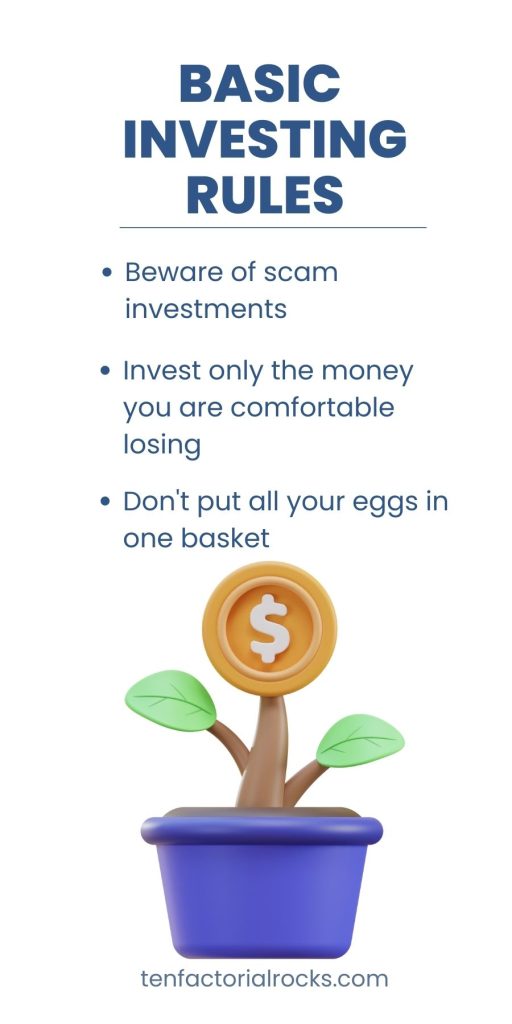The second quarter of 2025 showed a very clear picture of how the country's finances were changing. Domestic savings rose to 10.9% of GDP, totaling P760 billion. Yet, investment activity surged even higher, representing 26.1% of GDP or P1.82 trillion.
This created a P1.06-trillion shortfall between what the nation saved and what it invested. Known as the savings-investment (S-I) gap, this indicator highlights whether local resources can sustain economic growth or if external funding becomes necessary.
Understanding the Savings-Investment Gap
The S-I gap reflects how well a country balances its internal savings against capital formation. When savings fall short, investments rely on borrowing, either from foreign lenders or through domestic debt. A deficit signals that while businesses and infrastructure expand, financial sustainability depends heavily on outside resources.
In contrast, when savings exceed investment needs, a country generates surplus funds, which can strengthen its financial stability. This balance matters because it determines how much autonomy a nation has over its economic future.

Freepik | A country's S-I gap reflects how much it must rely on external capital for investment.
Why the Gap Matters
The P1.06-trillion funding shortfall reflects a tension between high investment potential and limited domestic resources. To close the gap, governments and private investors often seek foreign capital or loans. This reliance carries both advantages and considerations:
Opportunities – International financing can bolster economic growth and fund critical development initiatives.
Risks – Dependence on external funding can raise debt levels and leave the economy sensitive to currency changes and international market movements.
The deficit is therefore both a warning and a marker of economic ambition.
How Investments Outpace Savings
Investment growth continues to outstrip savings for several reasons. Rising infrastructure projects, housing demands, and business expansions all require significant funding. Millennials and Gen Z, who are driving new consumption trends, add to this investment push.
At the same time, households may struggle to increase savings due to inflation and higher living expenses. This imbalance explains why savings, although improving, cannot keep pace with expanding investment needs.
Bridging the Gap

Pexels | Sakchai Ruenkam | Bridging the savings-investment gap needs smart policies that boost savings and attract investment.
Closing the savings-investment gap requires coordinated strategies. Several approaches stand out:
1. Boost Domestic Savings - Encouraging households and businesses to save through better financial education and incentives.
2. Strengthen Capital Markets - Expanding investment channels like bonds and mutual funds helps convert savings into productive use.
3. Attract Sustainable Investments - Inviting foreign direct investment (FDI) in strategic sectors ensures that external funds build long-term value rather than short-term debt.
4. Promote Inclusive Growth - Widening access to banking and digital financial services enables more people to participate in formal savings.
With these measures, the economy can reduce reliance on debt while fueling growth.
Building a Sustainable Path
A P1.06-trillion gap captures the dual nature of the economy: vibrant investment activity alongside limited internal savings. This combination points to opportunities for growth, but also underlines areas where reform is needed.
Building a stronger culture of saving, improving financial infrastructure, and balancing foreign capital with homegrown resources can keep growth sustainable. Although reaching this balance is gradual, thoughtful, persistent policies make it realistic.
Ultimately, narrowing the gap through coordinated savings and investment strategies is key to a more resilient, self-sustaining economy.

